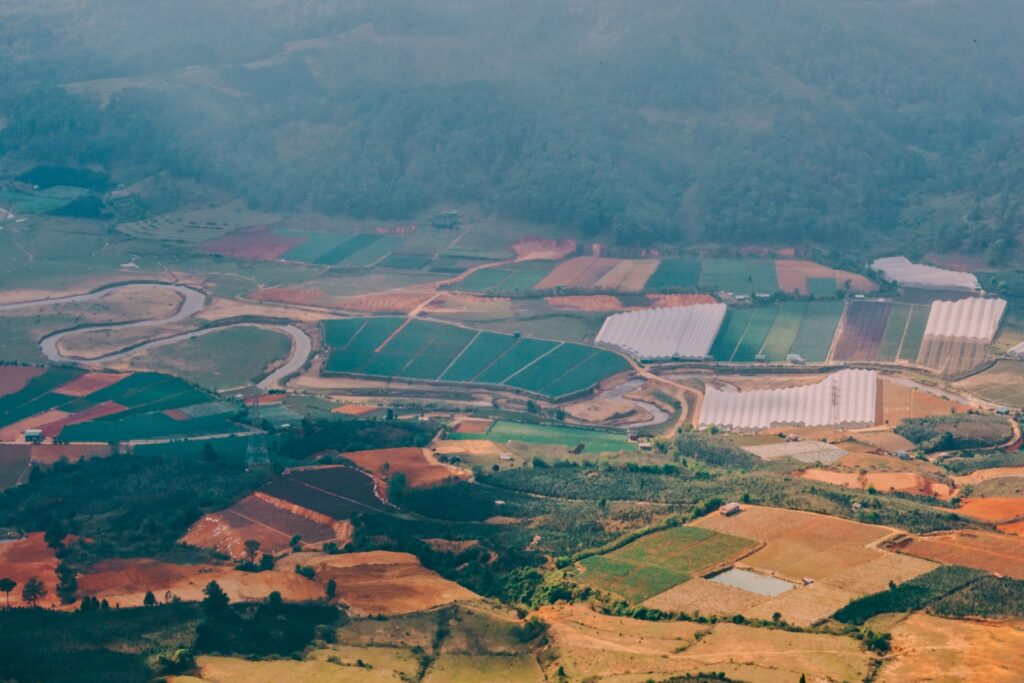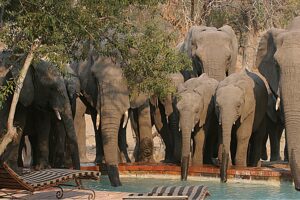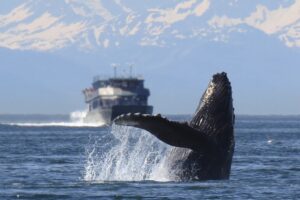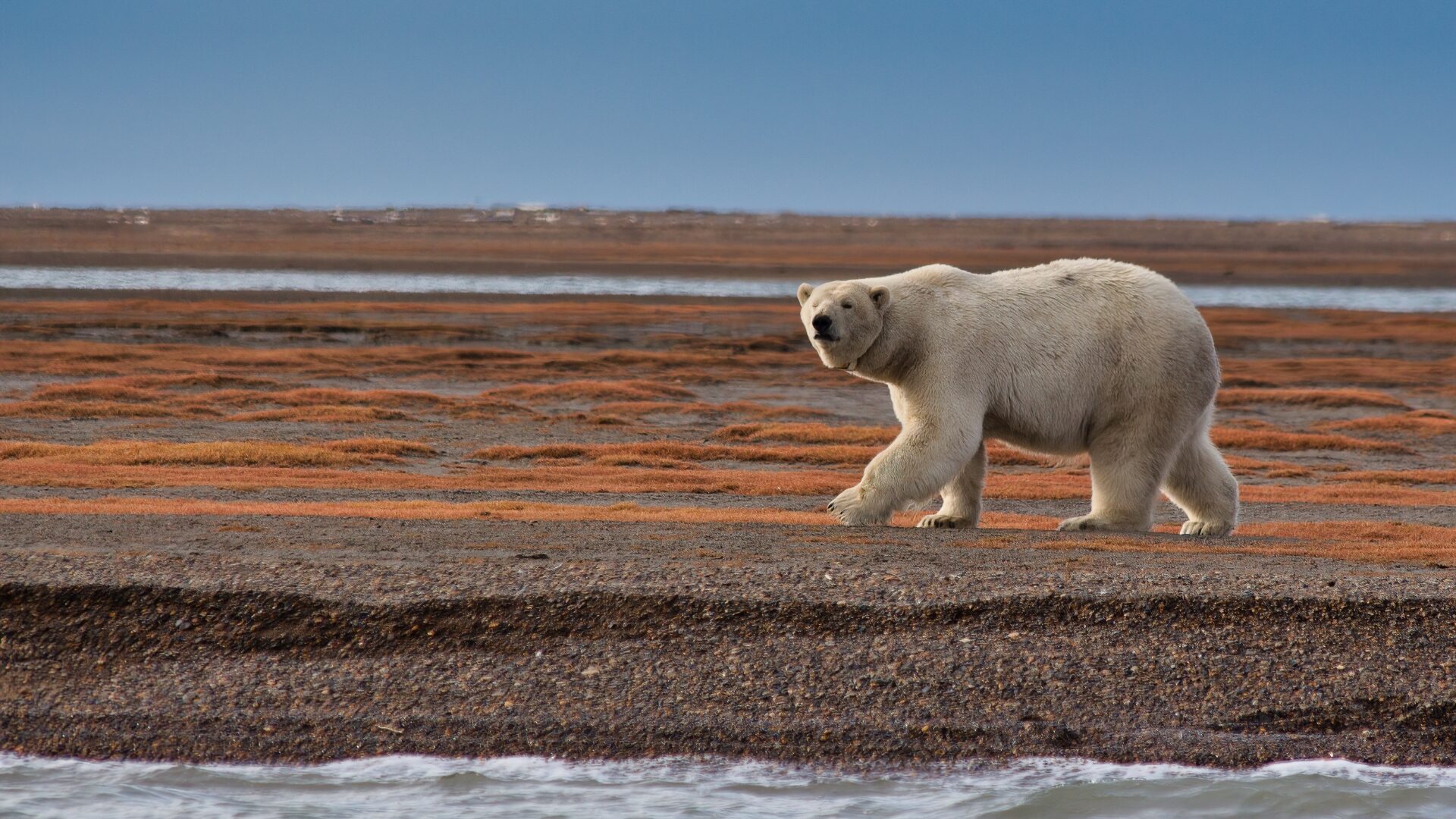No place to hide: Climate change is worsening human-wildlife conflict
Written by Olivia Nater | Published: March 3, 2023
Today, March 3, is World Wildlife Day, a United Nations observance day launched in 2013 to raise awareness of wild species and their conservation status. With global biodiversity loss still accelerating, there is sadly a need to amplify the call to action every year.
Our huge and growing numbers, combined with increasing per capita consumption of natural resources and damaging technologies, are directly destroying species and their habitats, but they’re also driving other threats, to both wildlife and ourselves, including pollution, climate change, and human-wildlife conflict.
These threats often interact synergistically, heightening extinction risk. A study recently published in the journal Nature Climate Change demonstrates how the climate crisis is driving more wild animals into conflict with humans, leading to more retaliatory killings, as well as lost human lives and damaged livelihoods.
Planet of the (furless) ape
 According to the Intergovernmental Science-Policy Platform on Biodiversity and Ecosystem Services (IPBES), an estimated one million species are now at risk of extinction. The extinction crisis has a clear culprit: humanity’s oversized ecological footprint. Habitat destruction and overexploitation of wild species (such as through overfishing) are the leading causes of biodiversity loss.
According to the Intergovernmental Science-Policy Platform on Biodiversity and Ecosystem Services (IPBES), an estimated one million species are now at risk of extinction. The extinction crisis has a clear culprit: humanity’s oversized ecological footprint. Habitat destruction and overexploitation of wild species (such as through overfishing) are the leading causes of biodiversity loss.
Last year’s Living Planet Report from the World Wildlife Fund showed an average decline of 69% in the populations of wild birds, amphibians, mammals, reptiles and fish since 1970. During that time, our human population more than doubled, reaching the 8 billion mark last November.
A 2019 analysis of the biomass distribution on Earth found that only 4% of mammalian biomass is made up of wild animals today. A single species, Homo sapiens, makes up 36%, while a staggering 60% of the mass of mammals on Earth is our livestock. IPBES estimates that only one-quarter of land areas and one-third of marine areas have not yet been “significantly altered” by human activity.
Increasing conflict
With humanity appropriating ever more of this planet, human-wildlife conflict — defined as non-exploitative interactions between humans and wild species, with adverse outcomes for one or both parties — is escalating.
Human-wildlife conflict is a key factor in regional decline and extinctions of large mammals and has transformed entire ecosystems. Heavy persecution of wolves and beavers throughout the United States due to conflict with ranchers and landowners, for example, has heightened the risk of severe drought and wildfire, and impaired the land’s ability to sequester carbon.
The new Nature Climate Change study’s authors looked at 49 case studies spanning three decades of research that reported relationships between climate change and human-wildlife conflict. Changes in temperature and precipitation were the most common climatic reasons for increased conflict, present in 80% of case studies.
Spatial changes
The most frequently identified changes in wildlife, present in 69% of case studies, were shifts in the spatial distribution of animals. Changing resource availability is the biggest driver, forcing wild animals to move out of their usual ranges in search of food and/or water. Exposure to extreme temperatures can also make animals seek out milder climates, bringing them into contact with humans.
For example, in the Himalayas, climate change is reducing grass cover at high altitudes, forcing bharal (a wild sheep) into lower elevations near human villages, where they forage on crops. Snow leopards have followed their bharal prey to these lower elevations, leading to more livestock predation by leopards and retaliatory killings of leopards by local people.
 West Kilimanjaro, a remote wilderness area in Tanzania, was hit by a severe drought in 2009 which led to hungry elephants foraging on crops. Resentment from villagers was further compounded by their own food insecurity during the drought, and when short-term mitigation efforts proved ineffective against crop raiding, villagers resorted to retaliatory killing of elephants. With Africa’s population expected to grow by more than a billion people by 2050, human-wildlife conflict is a rapidly growing threat to many African species, especially elephants and large carnivores.
West Kilimanjaro, a remote wilderness area in Tanzania, was hit by a severe drought in 2009 which led to hungry elephants foraging on crops. Resentment from villagers was further compounded by their own food insecurity during the drought, and when short-term mitigation efforts proved ineffective against crop raiding, villagers resorted to retaliatory killing of elephants. With Africa’s population expected to grow by more than a billion people by 2050, human-wildlife conflict is a rapidly growing threat to many African species, especially elephants and large carnivores.
Climate change is affecting human distribution and movement too — this was identified as a conflict source in 14% of case studies. In Kenya, for example, increasing severity and frequency of droughts is leading to people expanding their crop production and livestock grazing operations into protected areas, which then no longer present a safe haven for wild animals. In the Arctic, melting sea ice is expected to lead to increased shipping traffic as well as fossil fuel extraction in previously inaccessible areas, threatening Arctic sea animals, as well as the Indigenous communities that depend on them.
Temporal changes
Climate-driven changes in the timing of wildlife activity can also alter interactions with humans — these were documented in 12% of case studies.
In North America, for example, climate change has increased the length of black bears’ active season, leading to more forays into human-inhabited areas and thus greater human-caused mortality.
 Human-wildlife conflict resulting from changes in the timing of human activities were identified in 8% of case studies. For example, on California’s coast from 2014 to 2016, a marine heat wave and resulting harmful algal bloom forced a delay in the crab fishing season. This caused fishing activity to overlap with the timing of whale migration, resulting in a record number of whale entanglements in fishing gear.
Human-wildlife conflict resulting from changes in the timing of human activities were identified in 8% of case studies. For example, on California’s coast from 2014 to 2016, a marine heat wave and resulting harmful algal bloom forced a delay in the crab fishing season. This caused fishing activity to overlap with the timing of whale migration, resulting in a record number of whale entanglements in fishing gear.
Behavioral changes
Climate change is also making some species adopt unusual behaviors — the authors identified this as a factor in increasing human-wildlife conflict in 45% of case studies. In the snow leopard example above, switching from their usual wild prey to livestock is one such instance.
In Churchill, Manitoba, life-threatening encounters with hungry polar bears tripled between 1970 to 2005. Due to declining sea ice, polar bears can no longer rely on getting enough nutrition from their seal prey, so often seek food in human settlements.
Human behavioral change was found to be a factor in 10% of studies. For example, higher temperatures cause more people to engage in swimming activities, leading to more attacks by white sharks and alligators.
Population changes
The authors also identified climate-induced shifts in the abundance of different species within an ecosystem in 10% of case studies. For example, warmer temperatures on the island of Islay, Scotland, have created more favorable breeding conditions for barnacle geese. The increase in the goose population is damaging grasslands, which is a nuisance for sheep farmers.
Poorest communities worst affected
The study points out how once, again, it is low-income communities that suffer the worst consequences from climate-exacerbated conflict with wildlife:
“Many of the case studies evaluated explicitly reported impacts on economically vulnerable pastoral communities, providing another example of how the world’s already marginalized communities bear many of the impacts of climate change. These findings underscore the high stakes of climate-driven conflicts and highlight that there are important issues of environmental justice at play, in addition to those pertaining to wildlife conservation.”
Solutions
The authors recommend incorporating climate change into conservation planning to allow for proactive management and conflict mitigation schemes.
The study fails to address, however, that human-wildlife conflict, the climate crisis, as well as synergies between the two, will ultimately continue to escalate as long as our global population and environmentally damaging activities continue to expand. Shrinking our human footprint through voluntary population stabilization and ending overconsumption is the only long-term solution to human-wildlife conflict.

